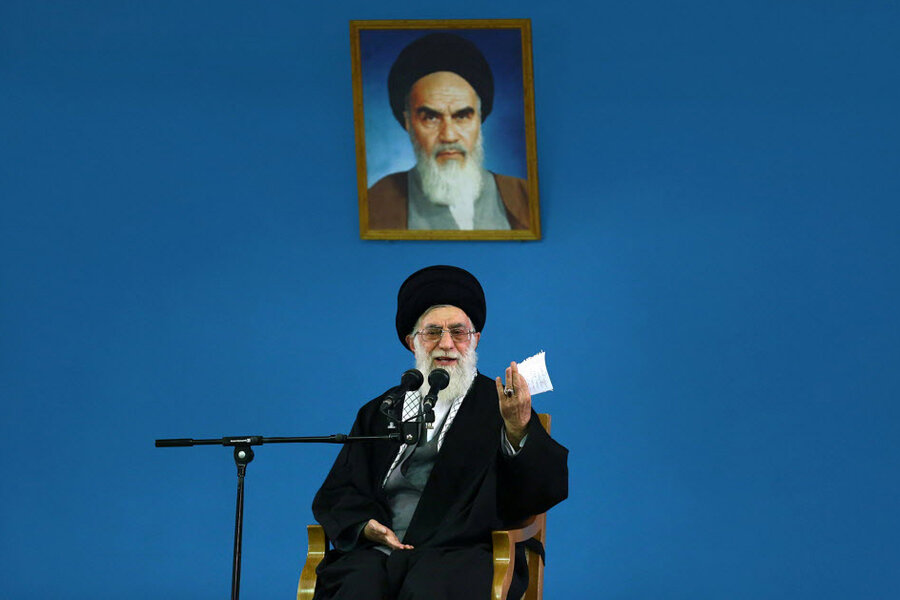Iran agrees to U.N. nuclear probe
Loading...
| Vienna
Iran agreed Sunday to open its nuclear activities to greater purview for U.N. experts seeking to revive their probe into suspicions that Tehran might have worked on atomic weapons.
Substantial progress in restarting that probe after more than six years of inconclusive attempts would be a breakthrough for the U.N.'s International Atomic Energy Agency, and it was unclear whether weekend discussions by the two sides in Tehran had moved toward that stage.
But both Iran and the IAEA spoke of progress in a process that the agency hopes will unroll as a step-by-step approach to unresolved questions, starting with less sensitive issues and progressing to the arms-related queries.
The process began after the two sides reached an agreement three months ago that gave the agency access to several previously off-limit sites not directly linked to any suspected weapons activities.
An IAEA statement Sunday said Iran had complied with the first steps of that deal and both sides on the weekend signed off on an additional "seven practical measures" to be implemented by Iran by May 15. The Islamic Republic's official IRNA news agency said Iran will provide information on mines, facilities and source materials of nuclear and laser activities.
"These are small steps, but information on source material is important, if it is provided in a verifiable manner," said Olli Heinonen, who formerly led the agency's Iran probe.
The laser reference was a possible allusion to Iranian work on enriching uranium through laser technology. Its experts later opted to use centrifuges for the process and the IAEA reported in 2008 that the laser facilities had been taken over by a private company that said it had no plans to enrich uranium.
Three years later, however, then-Iranian President Mahmoud Ahmadinejad asserted that Iran still possessed uranium laser enrichment technology — a claim that the IAEA has not been able to prove or disprove.
While uranium enrichment is not directly linked to the IAEA's weapons probe, it is a key worry for the United States and its allies. Iran says it is enriching only to make reactor fuel, but uranium enriched to weapons-grade levels is used as the payload of nuclear missiles.
Washington and five other world powers are meeting Feb. 18 with Iran in Vienna as they work to turn a first step agreement into a pact that permanently curbsIran's uranium enrichment in exchange for a full lifting of sanctions on the Islamic Republic.
Both sides say those talks are off to a promising start. But the U.S. and its allies also are looking to the IAEA-Iran meetings for additional signals that Iran is serious under its new political leadership in wanting to ease tensions over its nuclear program.
The agency is seeking access to individuals, documents and sites linked to alleged nuclear weapons-related work. Among the suspected activities are:
— indications that Iran has conducted high explosives testing and detonator development to set off a nuclear charge, as well as computer modeling of a core of a nuclear warhead.
— suspected preparatory work for a nuclear weapons test, and development of a nuclear payload for Iran's Shahab 3 intermediate range missile — a weapon that can reach Israel.
—information that Iran went further underground to continue work on nuclear weapons development past 2003, the year that U.S. intelligence agencies believe such activity ceased.
Associated Press writer Nasser Karimi contributed from Tehran.







